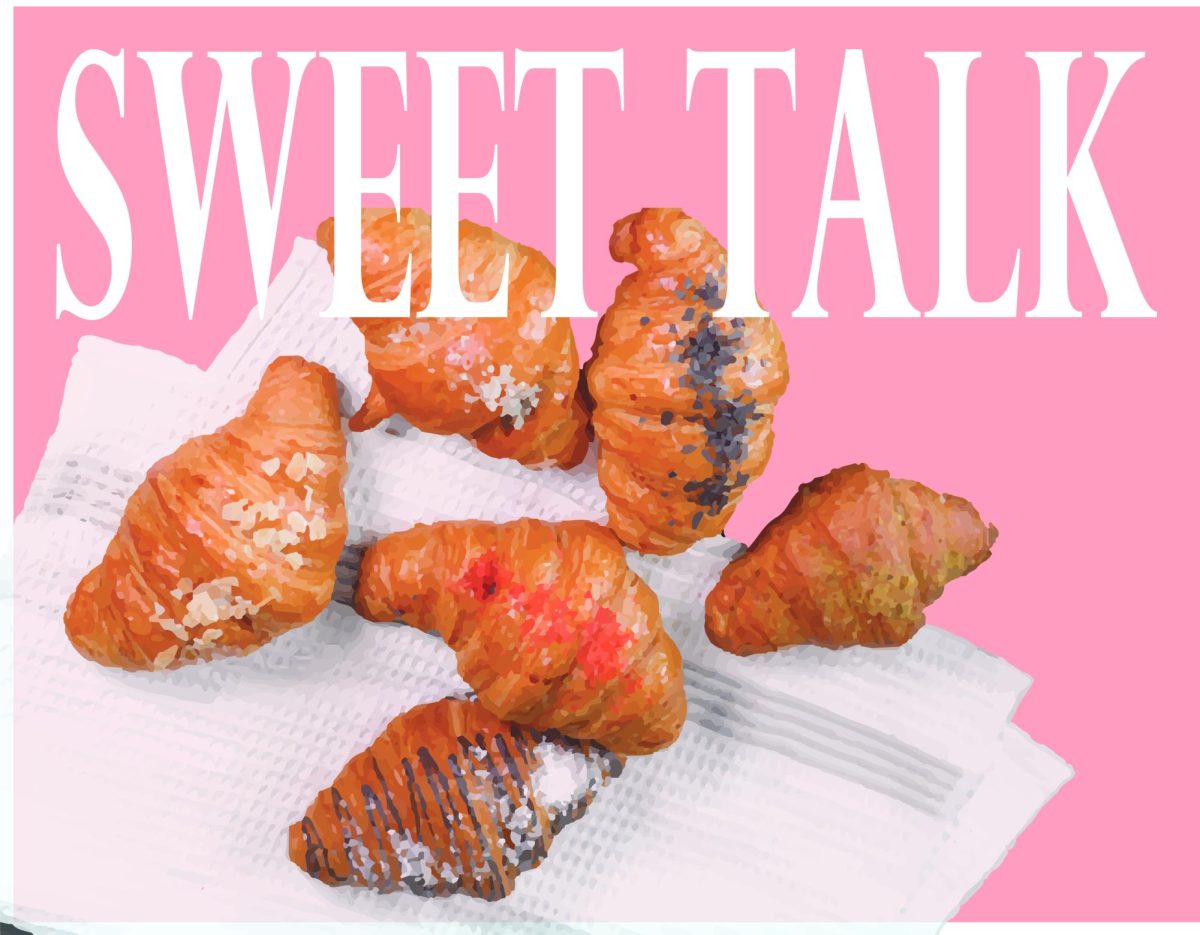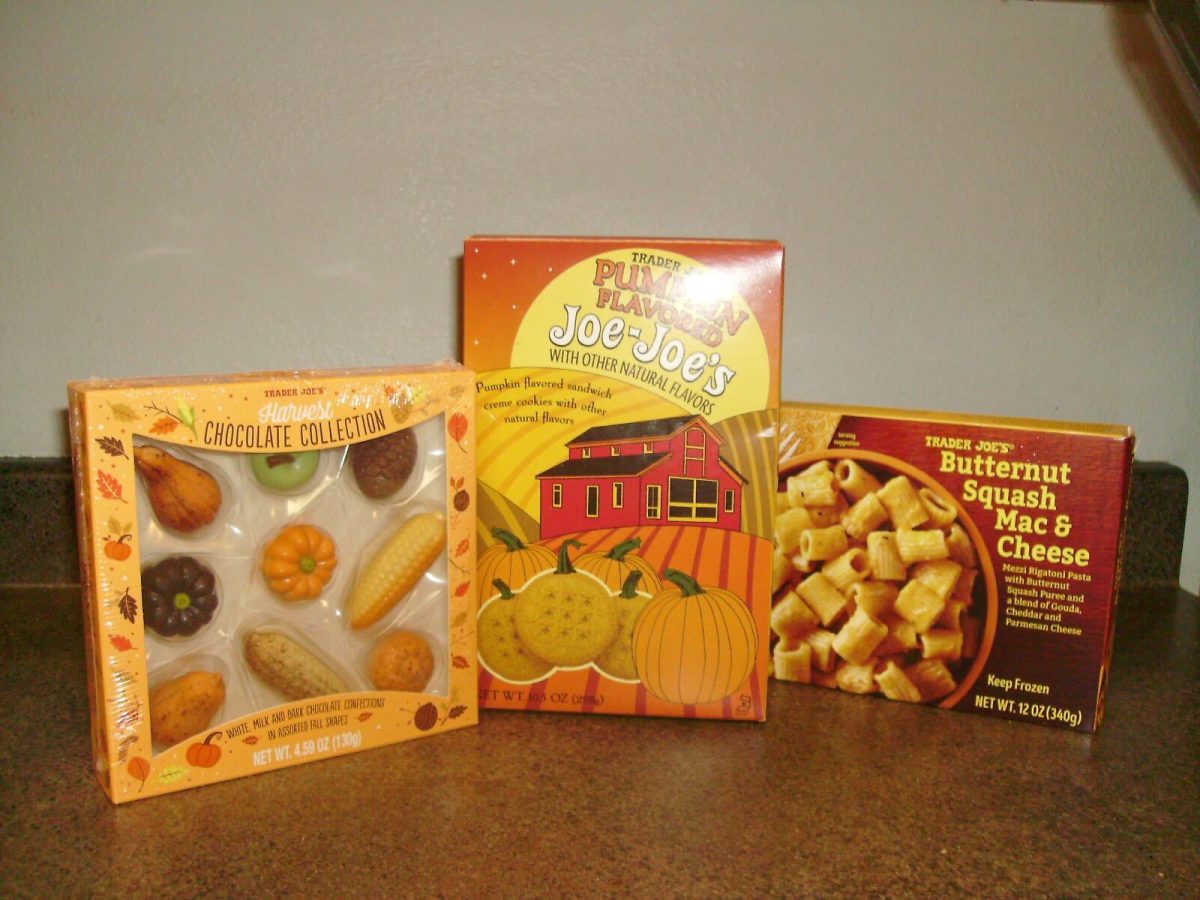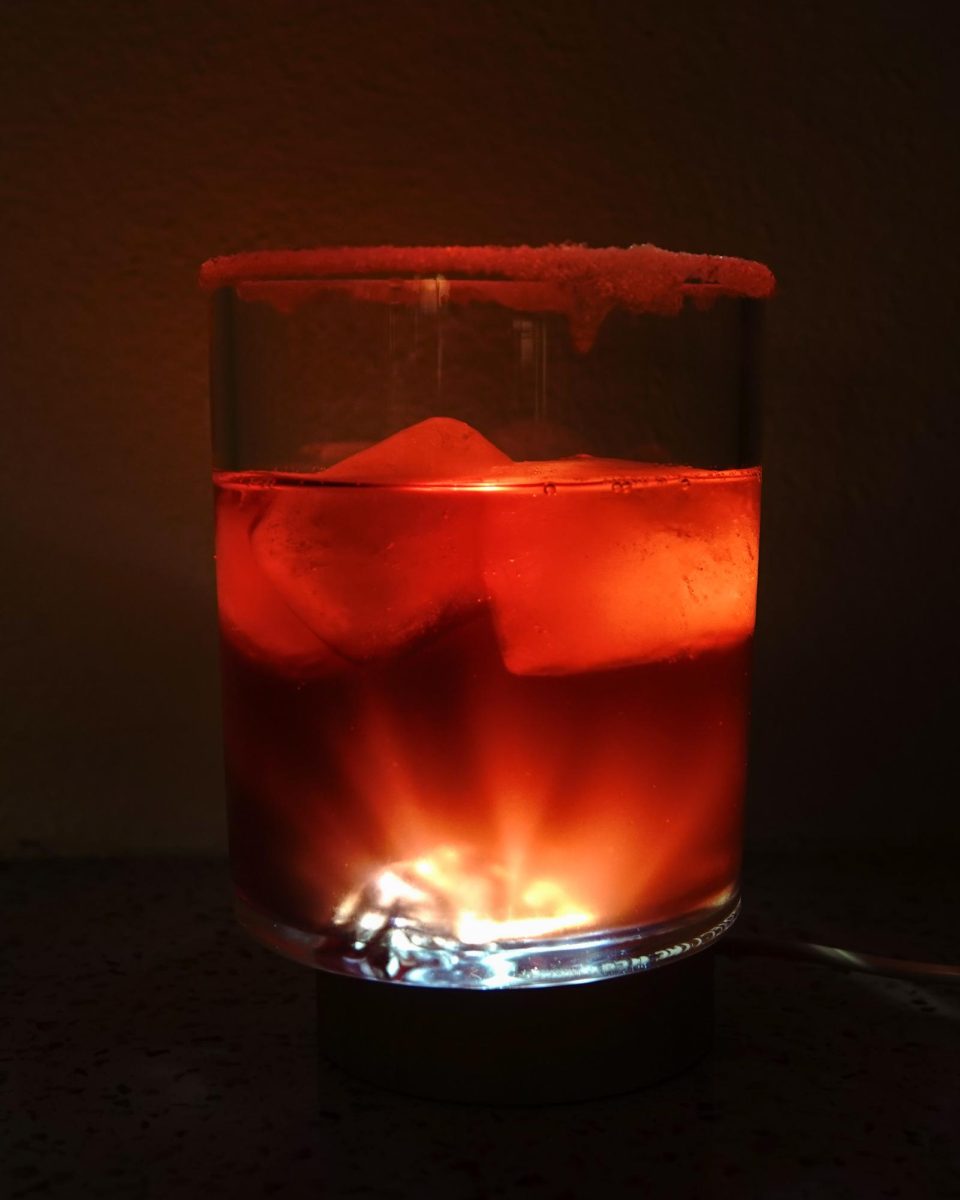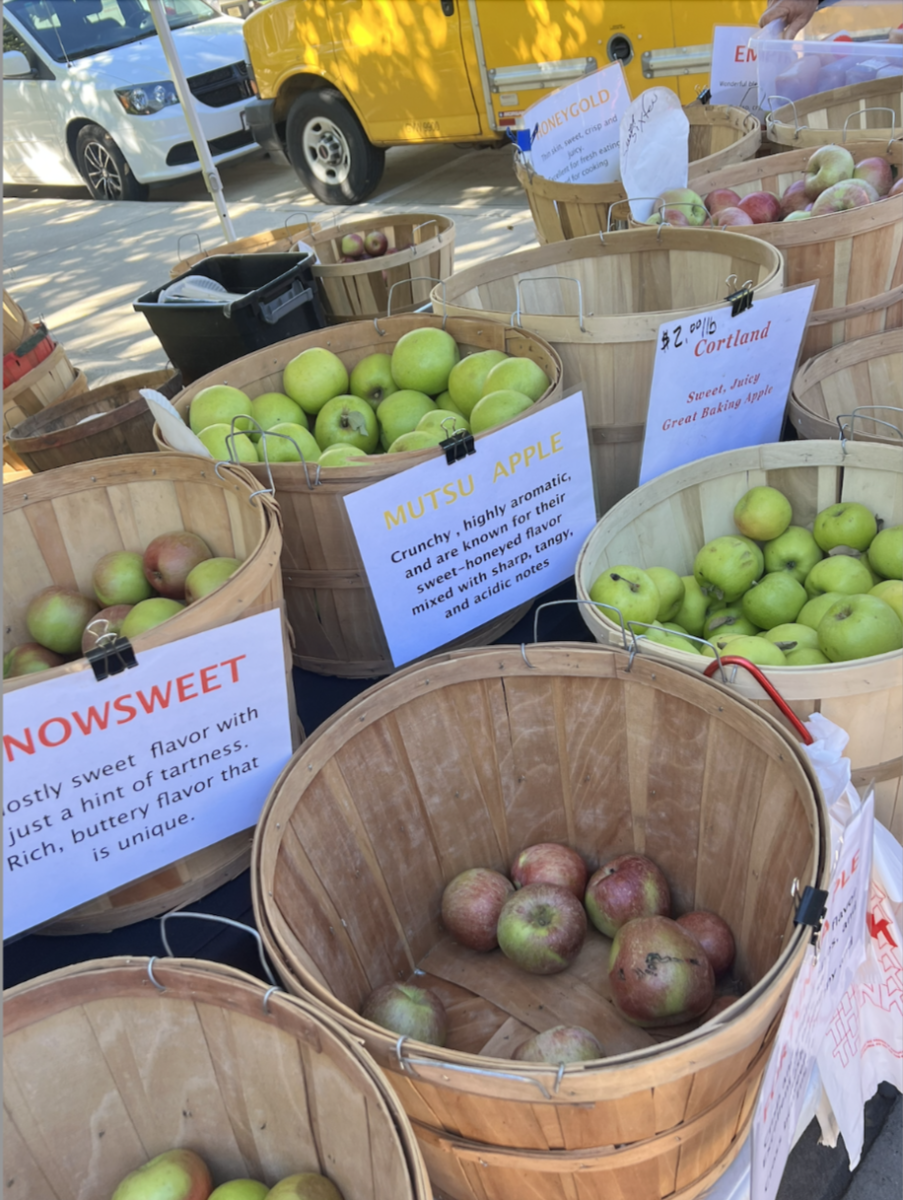Swirling aromas, gently flowing local music and warmth from the hustle and bustle of friendly commerce greet any visitor as they enter the Dane County Late Winter Farmer’s Market, held at the Madison Senior Center every Saturday from 8 a.m. to 12 p.m.
Though very different from the vastly popular and culturally iconic Summer Farmer’s Market on Capitol Square, students and vendors alike agree that the winter edition has many of the same qualities that make the summer market so great, in addition to some unique perks.
Firstly, those worried about a dip in the quantity or quality of the products offered at the Late Winter Market can rest assured that it certainly lives up to the standard set by the summer edition.
Take it from Matthew Smith, a vendor at the market and founder of Blue Valley farms. While he notes there are far fewer vendors and a slight dip in the variety of products due to seasonal availability, many of Dane County Farmer’s Market essentials are still available, whether they be baked goods, frozen meats and vegetables, produce grown in greenhouses or storage crops like radishes, parsnips and potatoes.
In addition to a fertile diversity of products, the winter market has a few tricks up its sleeves that the summer market does not. The most notable of these is perhaps the relatively affordable and strikingly robust breakfast served every week, to which all of the vendors contribute.
To get an idea of what a potential shopper might expect from these breakfasts, on one particular Saturday, chef Joey Dunscombe of the Weary Traveler Free House prepared breakfast tacos with butternut squash, eggs, red cabbage, kale and cheddar served with a side of purple potato hash browns, a spinach and apple salad and Jordandal Farms sausage.
If the prospect of a savory breakfast to start one’s day is not enough to warrant a visit, University of Wisconsin sophomore and Late Winter Farmer’s Market first-timer Alex Warzecha said while there is certainly “a different vibe” from the outdoor market, it has a unique social atmosphere that embraces the market’s smaller stature in order to foster a sense of community.
Warzecha believes the indoor market gives shoppers and vendors alike the chance to bond with one another. Unlike during the hustle and bustle of the summer market, shoppers and vendors can share experiences such as enjoying the same breakfast, listening and perhaps participating in the same music or even just navigating the smaller market in tune with its slower pace.
Smith agreed, saying the indoor market has “a more welcoming atmosphere,” as well as the feel “of a church social.”
Warzecha and Smith are not the only ones who have noted these positives. Smith said that due to increased food consciousness over the past six to eight years and the demand for locally grown products that comes with it, more and more students have been frequenting the winter market.
Warzecha agrees with the notion that the winter market is still largely dwarfed by its summer counterpart in eyes of UW students. She said, however, that after her first time at the indoor market, she will become a semi-regular visitor.
Considering that the importance in supporting local vendors persists in the winter, as it does in the summer, any student desiring a burst of verdant warmth to break up the cold monotony of a Madison winter should consider checking out the Late Winter Farmer’s Market.














